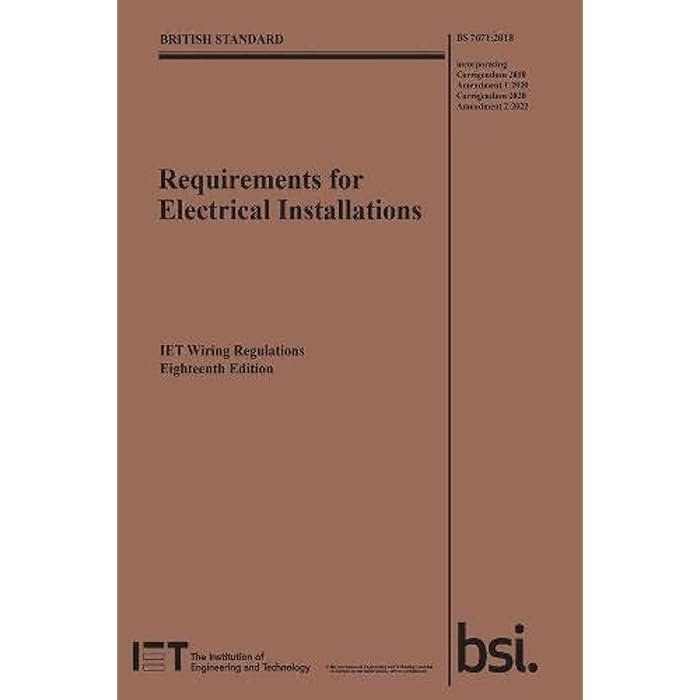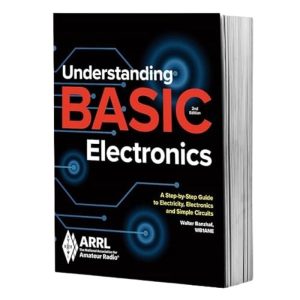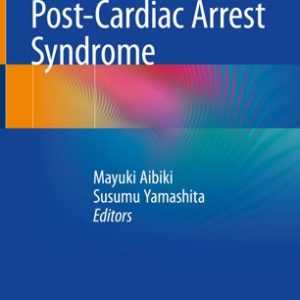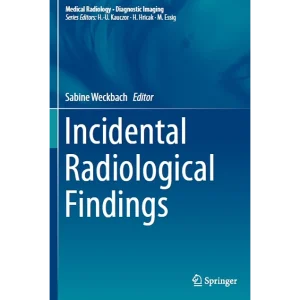Description
The **IET Wiring Regulations**, **Eighteenth Edition**, also known as **BS 7671**, outlines the requirements for the design, installation, and testing of electrical installations in the UK. It provides the technical standards to ensure electrical systems are safe, efficient, and compliant with national and international codes. The regulations are essential for anyone involved in electrical work, including designers, contractors, and inspectors.
Here are some of the key aspects and requirements of the **IET Wiring Regulations, Eighteenth Edition (BS 7671)**:
### 1. **General Principles of Electrical Installations**:
– **Safety**: Electrical systems must be designed and installed to prevent danger to people, property, and livestock.
– **Overcurrent Protection**: Circuit protection must be properly sized and coordinated to prevent damage and hazards.
– **Earthing and Bonding**: Ensuring all exposed conductive parts of an installation are properly earthed and bonded to reduce the risk of electric shock.
– **Isolation and Switching**: Proper means of isolation and switching for safe maintenance and operation.
### 2. **Part 1 – Scope, Object, and Fundamental Principles**:
– **Scope**: Defines the scope of the regulations, including the general requirements for electrical installations in buildings, construction sites, and similar premises.
– **Fundamental Principles**: Establishes the overarching principles of electrical safety, including the need for protection, earth fault prevention, and limiting risks.
### 3. **Part 2 – Definitions**:
– Defines terms such as **earth fault loop impedance**, **disconnection time**, **circuit types**, **wiring systems**, etc.
### 4. **Part 3 – Assessment of General Characteristics**:
– Requirements for **voltage drop**, **short-circuit protection**, **supply characteristics**, and other general installation conditions.
– **Selection and erection of wiring systems** should consider environmental factors like temperature, mechanical protection, and accessibility.
### 5. **Part 4 – Protection for Safety**:
– Details the protection requirements for electrical installations, including:
– **Overcurrent protection**: Circuit breakers or fuses to protect against overloads and short circuits.
– **Earth fault protection**: Devices like RCDs (Residual Current Devices) for protection against earth faults.
– **Protective earthing and bonding**: To reduce the risk of electric shock, all exposed conductive parts of an electrical installation must be connected to the earth.
### 6. **Part 5 – Selection and Erection of Electrical Equipment**:
– **Wiring Systems**: Defines the types of wiring systems and the requirements for each, including surface wiring, conduit systems, and trunking.
– **Cable Selection**: Specifies the selection of cables based on load, voltage rating, mechanical protection, and environmental conditions.
– **Installation of Components**: Guidelines for the installation of sockets, switches, light fittings, and electrical panels, ensuring their accessibility, safety, and compliance.
### 7. **Part 6 – Inspection and Testing**:
– Stipulates requirements for inspection and testing to verify that installations are safe to use and comply with the regulations.
– **Tests include**:
– Continuity of conductors.
– Insulation resistance.
– Earth fault loop impedance.
– RCD testing.
– Verification of protection against electric shock.
### 8. **Part 7 – Special Installations or Locations**:
– Additional requirements for specific environments and locations:
– **Bathrooms and kitchens**: Extra protection for circuits in wet or damp environments (e.g., RCD protection, IP-rated equipment).
– **Medical locations**: Additional safety measures for electrical installations in healthcare environments.
– **Hazardous areas**: Installations in areas with explosive or flammable atmospheres must meet stricter safety standards.
– **Outdoor installations**: Requirements for weatherproofing and robust protection for installations exposed to the elements.
### 9. **Part 8 – Energy Efficiency**:
– **Energy efficiency**: The regulations include considerations for minimizing energy consumption and ensuring that installations contribute to energy efficiency.
– This includes lighting systems, energy-saving devices, and efficient design practices.
### 10. **Amendments and Updates**:
– The **Eighteenth Edition** of BS 7671, published in 2018, introduced several important changes, such as:
– **RCD protection** for all socket outlets up to 32 A.
– **Arc fault detection devices (AFDDs)** in certain situations (e.g., for circuits supplying socket outlets in residential installations).
– Emphasis on ensuring that the safety of electrical installations is maintained over time, especially for vulnerable people and environments.
### 11. **Compliance and Certification**:
– Electrical installations must be designed, installed, inspected, and tested by qualified personnel.
– Certificates (e.g., **Electrical Installation Certificate** and **Minor Electrical Installation Works Certificate**) must be issued for completed installations, ensuring compliance with the regulations.
### 12. **Competence**:
– Personnel carrying out electrical work should be **competent** (i.e., have sufficient skills, knowledge, and experience).
– The regulations also emphasize the need for ongoing training to stay up to date with changes in the standards and regulations.


















Reviews
There are no reviews yet.